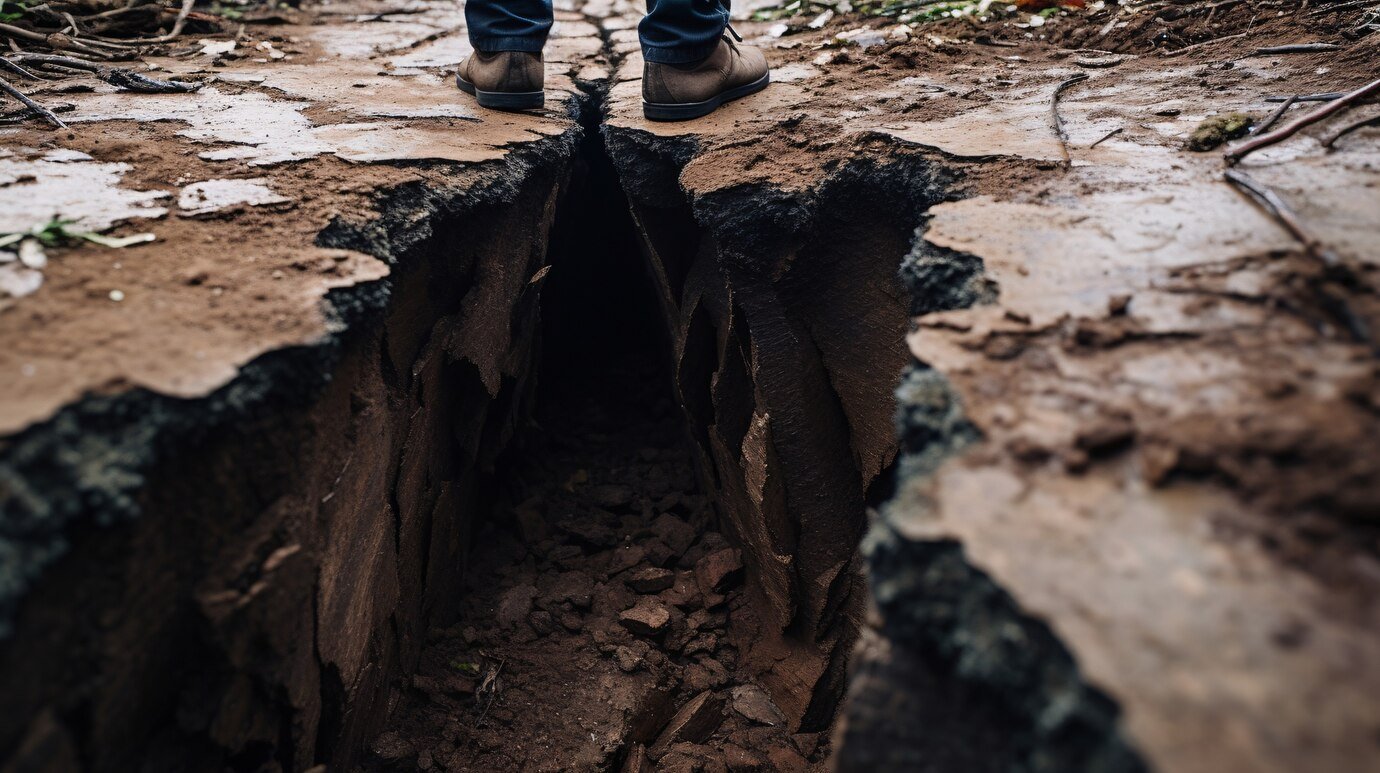Most people dig trenches for various reasons: laying down pipes, constructing roads, houses, and even gardens. The problem arises when the walls of the trench collapse, which poses a significant risk. Not only could a trench collapsing causes injury to the people at the site, but it also brings the additional risk of project delays.
Reasons for trench collapsing

Changes at the job site: Even the slightest changes can have serious implications and may lead to a trench collapse.
Dry and loose soil: The presence of dry, loose soil weakens the trench, cutting its support and increasing the risk of collapse.
Proper material support: It’s essential to consider the materials used to support trench walls. Without proper support, the trench could cave in.
Placement of supports: Supports placed too far from the trench can increase the risk of collapse.
Earthmovers proximity: Placing earthmovers too close to the trench can cause stability issues.
Constant monitoring: Regular inspections of the site are crucial. Without constant monitoring, the risk of trench issues grows significantly.
Uncontrolled trench: If left unchecked, the risk of a catastrophic trench failure increases substantially.
How to prevent trench collapsing?
Trench collapse prevention strategies from the materials you provided have been listed below.
An excavation starts with a soil evaluation:
Notice the softness or hardness, wetness or dryness of soil to determine the level of support which will be required.
Support Systems Must Be Applied:
To prevent collapse, the walls of the trench should be supported with braces and or trench boxes as required.
Water Soils:
Soil compaction and dryness are vital, especially during periods of rainfall or leaks. Water that may lead to soil becoming wet needs to be drained or pumped out.
Prevent Access to Trench Digging Machines:
Digger and truck positioning is crucial in avoiding the borderline trench wall from collapsing due to excessive vibrations or weight, and so avoiding placing them close to the trench edge is mandatory.
It has to be every day done supervising:
Fissures, water collection, and any other weak points that may cause failure need to be identified and monitored. It is important to deal with minor problems as quickly as possible.
Only train staff should be allowed to go down the trenches:
Implanting restricted access to operators who do not have a proper understanding of the safety measures and precautions and have skills on electrical trenching that can easily be understood makes them shielded from dangers.

Why It Is Important
Vigilance and proactive mitigation of hazards such as putting on protective equipment defined by structured protocols avoids any risk of danger. This emphasizes the need of following discipline in safety.
The provided understanding and equipment stems from pre-task planning and organised action which helps in significantly reducing the possibility of walls failing.
Why trench collapsing Planning Ahead Saves Time and Money?
Safety measures may seem to be time-consuming, but contrary to popular belief, they do the opposite. When executed properly, planning can save an incredible amount of time and finances.
If a trench collapses during a project, the entire project becomes executed. Workers enter a period of standby, tools may become damaged, and pipes could be destroyed. You need to instill proper strategy and planning to achieve faster and smoother results.
Neglecting safety regulations can result in fines that put a company’s finances at a loss; therefore, you should adopt careful measures from the very beginning.
Clients readily invest in a project when they know that the dispatched staff is well versed, fully focused, and capable of executing the tender smoothly, which enhances their experience.
As a reminder, planning your trenching services the smart way schedules all yard projects, no matter how small, seamlessly, helping all yard construction projects remain on track.
Conclusion
Regardless of whether you view them as dangerous or not, trenches can pose a risk if care is not taken. Fortunately, the vast majority of trench collapses are preventable.
You can preserve a significant level of safety by testing the soil, using strong supports, keeping water out of the trench, checking the trench regularly, and ensuring the team is trained.
Remember this mantra when thinking about safe digging practices: safety measures, meticulous detail, thorough planning, and precautionary steps add up to a successful trench.
The structure will remain intact, the crew protected, and the progress will become seamless with no interruptions.